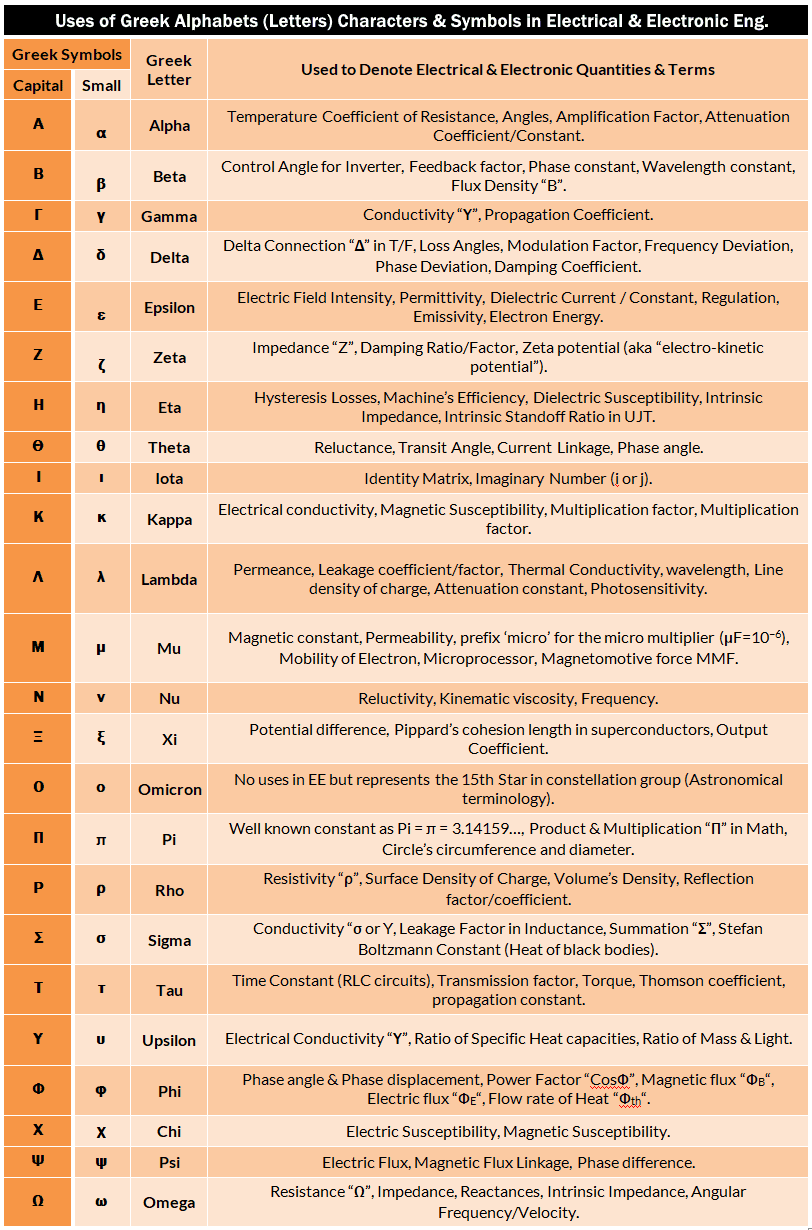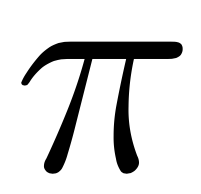

Beginning with the 25th anniversary issue in 2005, Cæsura updated its appearance and focus as a literary journal that includes poems, short fiction, non-fiction, critical work, book reviews, and interviews.

Rho is used as reflection coefficient, reflection factor, resistivity, and surface density of charge.Cæsura Call 2021 is closed new call March 2022.įor more than three decades, Cæsura served its members as a literary newsletter and magazine. Pi is used as Peltier coefficient and ratio of circumference to its diameter valued at 3.1416. Omicron is not at all used in math and science, but part of Greek alphabet. Buy Now – TP-Link Wi-Fi Range Extender Booster

Mu is used as amplification factor, magnetic permeability, micron, mobility, permeability and prefix micro. Lambda is used as line density of charge, permanence, photosensitivity, and wavelength. Kappa is used as coupling coefficient and susceptibility. Theta is used as angle of rotation, angles, angular phase displacement, reluctance, thermal resistance, and transit angle. Buy Now – Spy Camera Mirror with Remote ControlĮta is used as chemical potential, dielectric susceptibility, efficiency, hysteresis, intrinsic impedance of a medium, and intrinsic standoff ratio. Zeta is used as coefficients, coordinates and impedance. Gamma is used as electrical conductivity and Grueneisen parameter.ĭelta is used as angles, damping coefficient (decay constant), decrement, increment, and secondary-emission ratio.Įpsilon is used as capacitivity, dielectric current, electric field intensity, electron energy, emissivity, permittivity, and constant of 2.7128 or base of natural logarithms. As studies in different areas of knowledge developed, they were used comprehensively only to have various descriptions across topics.īelow is the list of the Greek alphabet with its corresponding but not exclusive uses in engineering:īuy Now – 9 in 1 Multifunction Engineer’s PenĪlpha is used as absorption factor, angles, angular acceleration, attenuation constant, common-base currentam pilifition factor, deviation of state parameter, temperature coefficient of resistance, thermal expansion coefficient, and thermal diffusivity.īeta is used as angles, common-emitter current-amplification factor, flux density, phase constant, and wavelength constant.

It was first used in 800 BCE with the Phoenician alphabet as its parent. Since then, the Greek letters, along with other alphabets like Roman, became a convention now used in engineering.īut unlike the English alphabet, the Greek alphabet is only composed of 24 letters. Plus, much of the basic math and science concepts were discovered by scientists and mathematicians of Greek descent. Using Greek letters was called for since most academics in the Western world were trained in classical Greek at school. It was necessary for another set of symbols because scholars ran out of letters. There are plenty of representations required in the study of math and science that using the English alphabet alone will not be enough. These letters are carried on to advanced subjects representing different notations, both in capital letter and small letters.īut one may ask: why wouldn’t math and science scholars use the English alphabet instead? Why the need for the Greek alphabet? Even in the first mathematics subjects in engineering like algebra and trigonometry, letters in the Greek alphabet are used to denote constants, functions, and variables representing quantities in concepts, figures, and formulas.


 0 kommentar(er)
0 kommentar(er)
